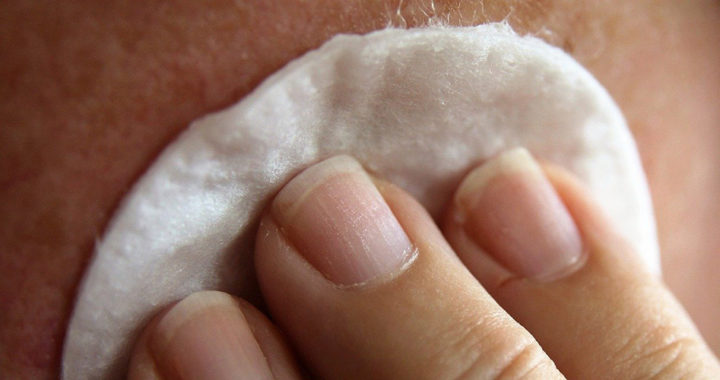Toners collectively represent a specific category of skincare products. As one of the mainstays in a typical daytime and nighttime skincare routine, a face toner is generally a no-rinse liquid-based cleanser used after washing the face. But what does it do? What are its uses and benefits? And how to use one?
What Does a Face Toner Do: Specific Uses and Benefits
Manufacturers originally developed and marketed toners to balance the pH level of the skin after washing the face with an alkaline-based soap. However, since then, facial cleansers have gone a long way, and modern, high-quality brands promise to retain pH balance. The purpose of face toners have subsequently evolved to provide multiple and targeted uses and benefits.
Of course, it is still important to note that the general purpose of a toner in skin care is to remove traces of dirt, grime, and makeup left on the skin after washing with a cleanser while maintaining pH balance. Hence, within a typical skincare routine, it rests after facial washes and before leave-on products such as night creams, serums, or sleeping masks.
Most variants also help shrink down the sizes of pores by removing excess impurities while providing a layer of protection to trap moisture in the skin. Depending on the formulation and positioning, some brands claim to address specific skin concerns, including pimples or acne, dark spots and uneven skin tone, dryness, and aging.
To understand the different applications, as well as specific benefits, take note of the following types of toners:
• Skin Fresheners: Mild variants intended to hydrate or moisturize the skin using humectants such as glycerin and propylene glycol that work by preventing moisture on the upper layer of the skin from evaporating.
• Acid Toners: Formulated with alpha hydroxy acids such as glycolic acid and lactic acid, and/or beta hydroxy acids such as salicylic acid, these variants provide chemical exfoliation to speed up skin turnover and lighten skin tone.
• Astringents: A stronger type of face toner formulated with a higher percentage of alcohol and acids to address pimples, blackheads, and whiteheads, or provide a higher level of exfoliation. These variants can be damaging to the skin.
• Hybrid Products: Manufacturers have formulated and introduced newer variants of face care products that have the cleansing properties of toners, the moisturizing effects of night cream, and the targeted action of serums.
How To Use One: Guide to Selecting and Using Toners
Using a toner is fairly straightforward. Most brands instruct users to use a cotton pad to distribute their formulation evenly on the skin, neck, nape, and chest. Take note that these products are intended to use after washing the face and before putting on another leave-on skincare product such as a cream, serum, or sleeping mask.
Note that aside from the aforementioned types of face toners, specific variants provide specific benefits. Toners with AHAs or BHAs are ideal for exfoliation, but they should be used twice or thrice a week. Formulations with salicylic acids and niacinamide can help dry off pimples, reduce redness, and minimize dark spots.
Some variants provide both cleansing and lightening effects. However, it is always best to choose a particular product or brand based on skin type and the particular skin concerns needed to be addressed. Furthermore, it is better to consult a dermatologist for more severe issues before trying a new product.





